Integrated Project Management Office Solution
All project types are planned and executed on a unified platform, leveraging a single data model and deployed through a set of customizable templates.
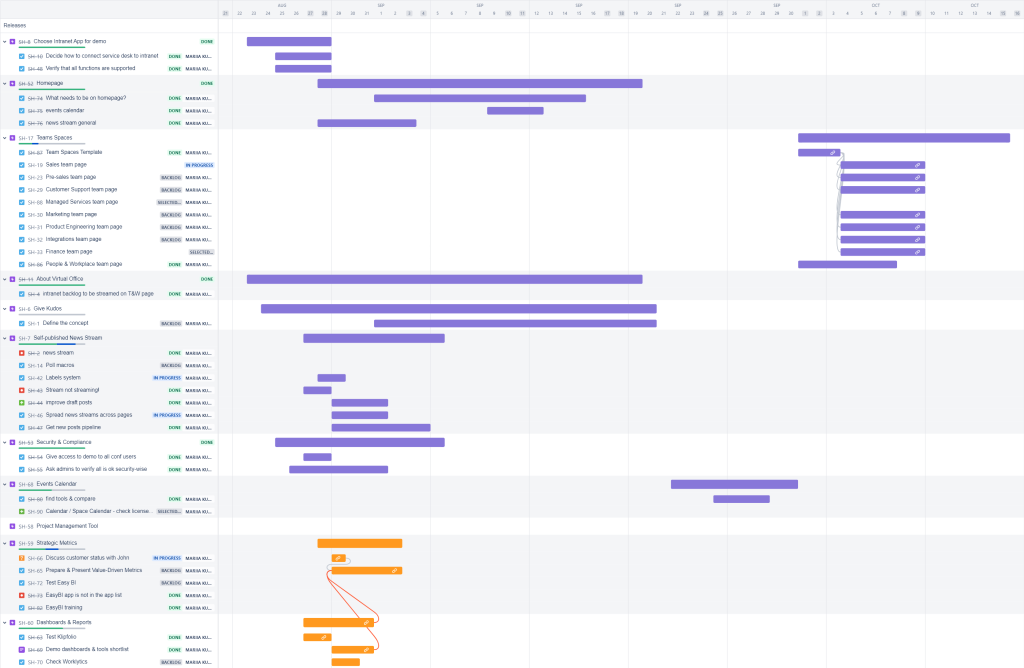
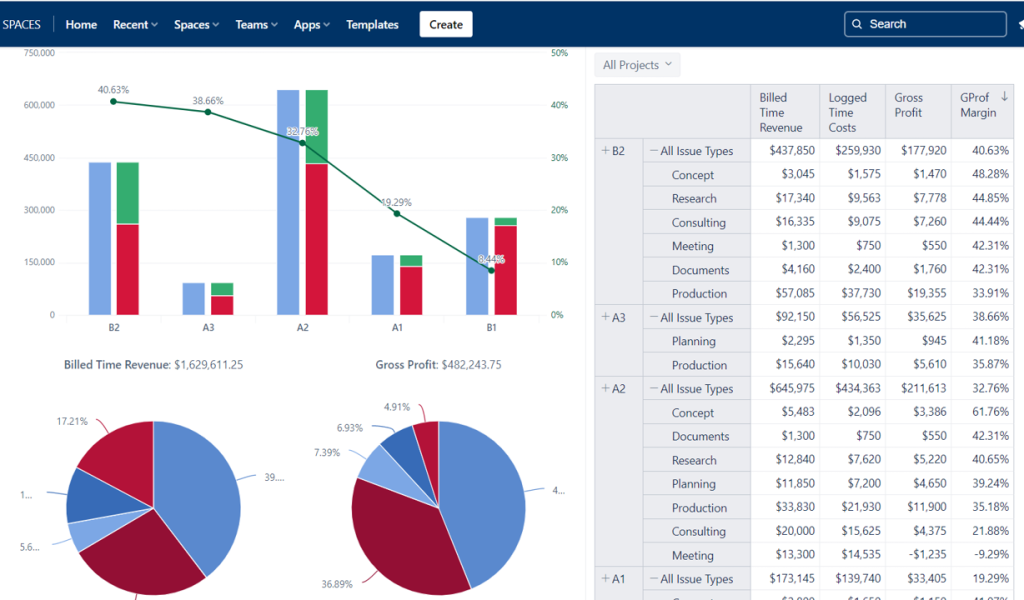
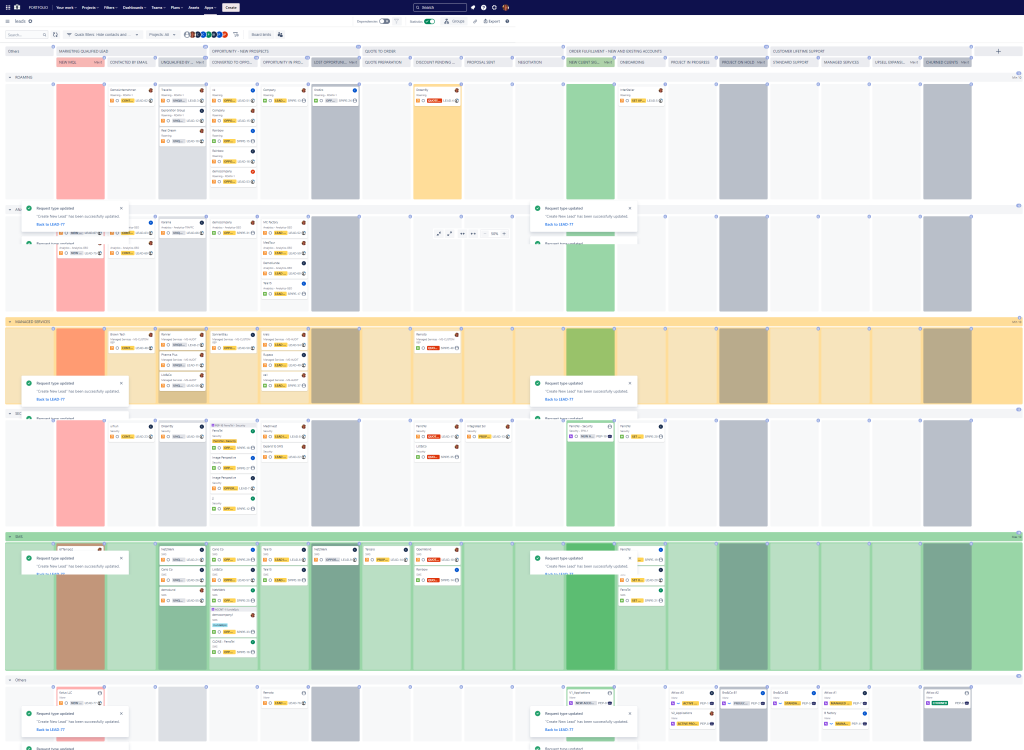
All project types are planned and executed on a unified platform, leveraging a single data model and deployed through a set of customizable templates.



All project types are planned and executed on a unified platform, leveraging a single data model and deployed through a set of customizable templates.

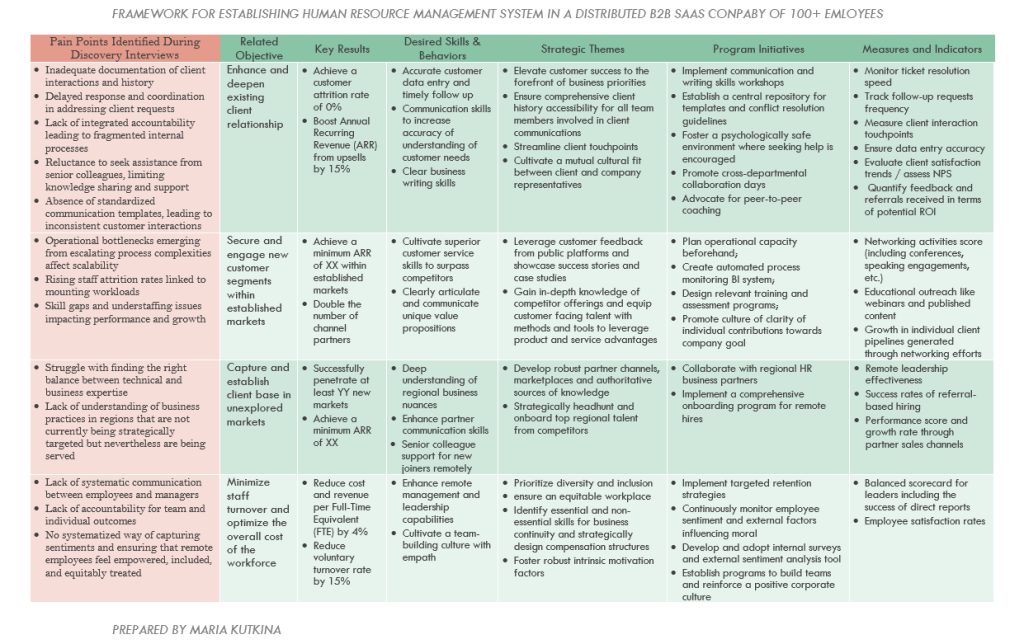
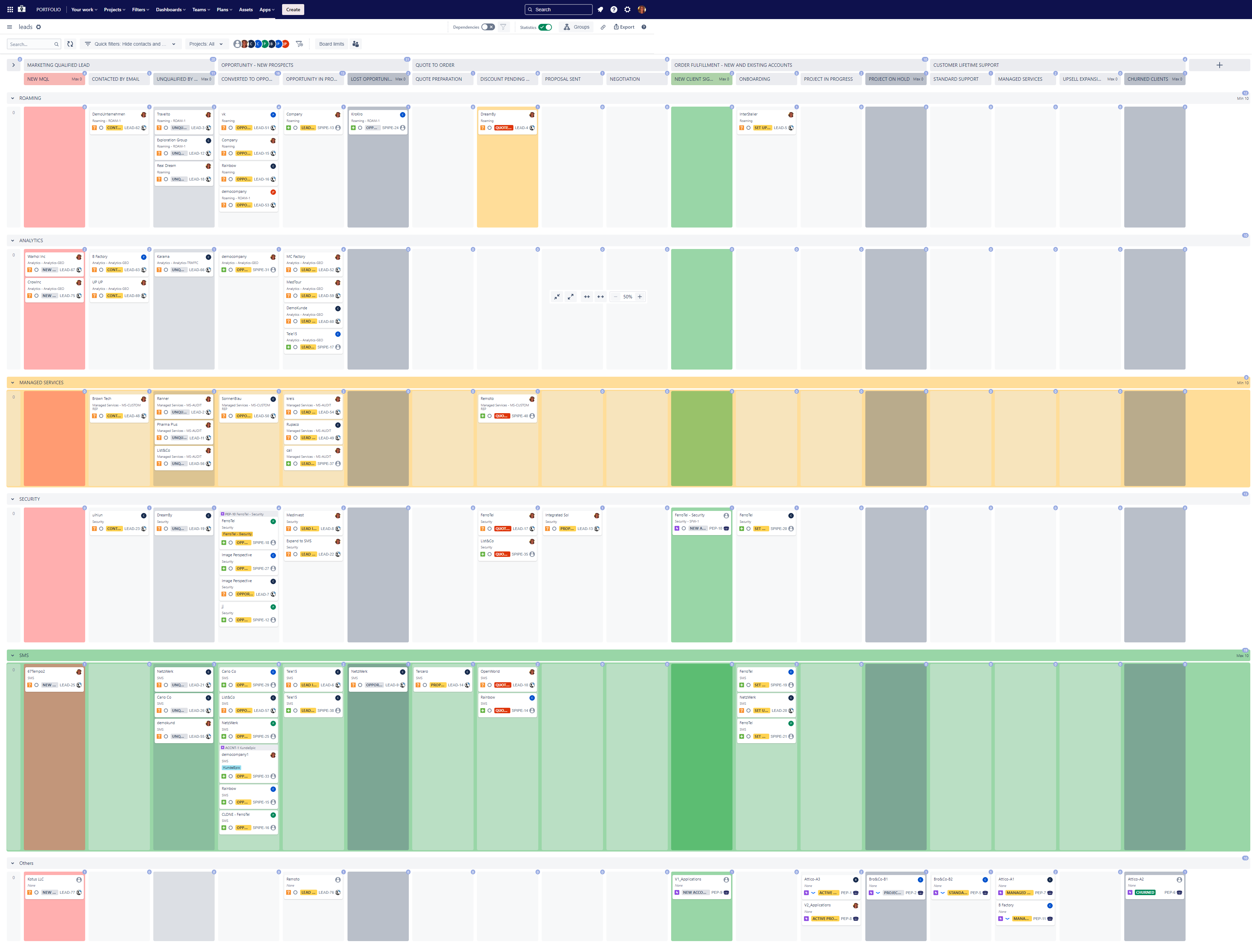
Environment for internal teams and individuals, and client collaboration space
Right people together made to challenge established thinking and drive transform
Right people together made to challenge established thinking and drive transform
Standardization and consolidation become easier with pre-configured templates
Unified system of records is foundation of an easily auditable digital environment
Set of preconfigured templates for all popular project management methodologies
“PMO strategies and disciplines are the practices allowing the PPM leader to enable project, program, product, and portfolio management. As
new digital business practices foster rapid and continuous delivery across the organization, the PMO’s role must help clear the confusion of
continuous change.”
All projects all projects, processes and cases run by a company typically roll up into programs and portfolios.
Projects dedicated to new product and feature development may controbute to company's IP and be later adopten for selling to a broader market.
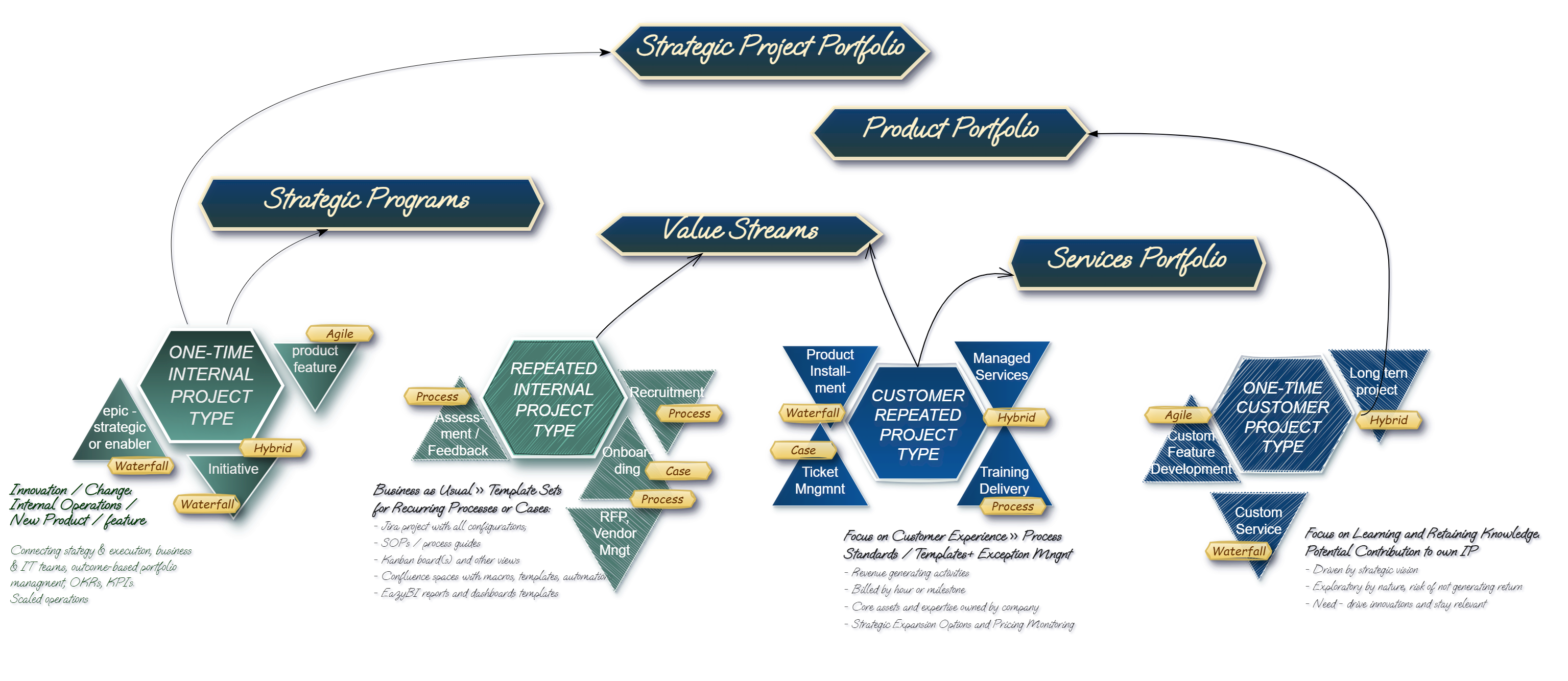
Portfolio Management is the centralized management of one or more portfolios, which includes identifying, prioritizing, authorizing, funding, managing, and controlling projects, programs, and other related work to achieve specific strategic business objectives.
Portfolio Management concentrates on selecting and managing a collection of projects and programs that align with the organization’s strategic goals, optimizing resource allocation, and balancing risk versus return
Program Management involves overseeing a group of related projects managed in a coordinated manner to obtain benefits and control not available from managing them individually.
Program Management emphasizes achieving strategic objectives by managing interrelated projects that share a common goal, ensuring they are aligned and deliver combined benefits.
In organizational project management, both program and portfolio management are essential, each serving distinct functions that contribute to achieving strategic objectives.
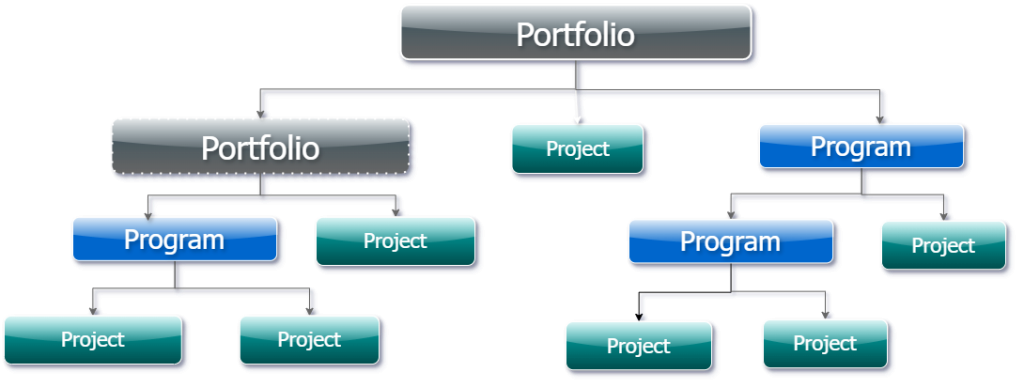
These preconfigured modules integrate a suite of templates built on a blend of best practices from leading project management methodologies, including Agile, SAFe, Lean PM, and traditional Waterfall.
Strategic Portfolio Management (SPM) tools empower both your business and technical teams to manage work more swiftly and effectively, irrespective of the delivery approach: be it traditional, agile, or hybrid. SPM tools offer real-time tracking and management of every facet of your team's tasks. Whether it's project managers, scrum masters, or team members, they all have immediate access to the most recent data on tasks, enabling them to consistently monitor progress, handle tasks, and update timesheets.
These preconfigured solutions rely on combination of best practices in modern application of most popular PM frameworks - Agile, SAFe, lean and traditional waterfall.
The combination of Jira with Confluence and couple more Marketplace apps have the potential to provide much more than managing software development projects. This is an ideal toolset for those organizations who are looking to maximize their return on IT stack invesments.
